.png)
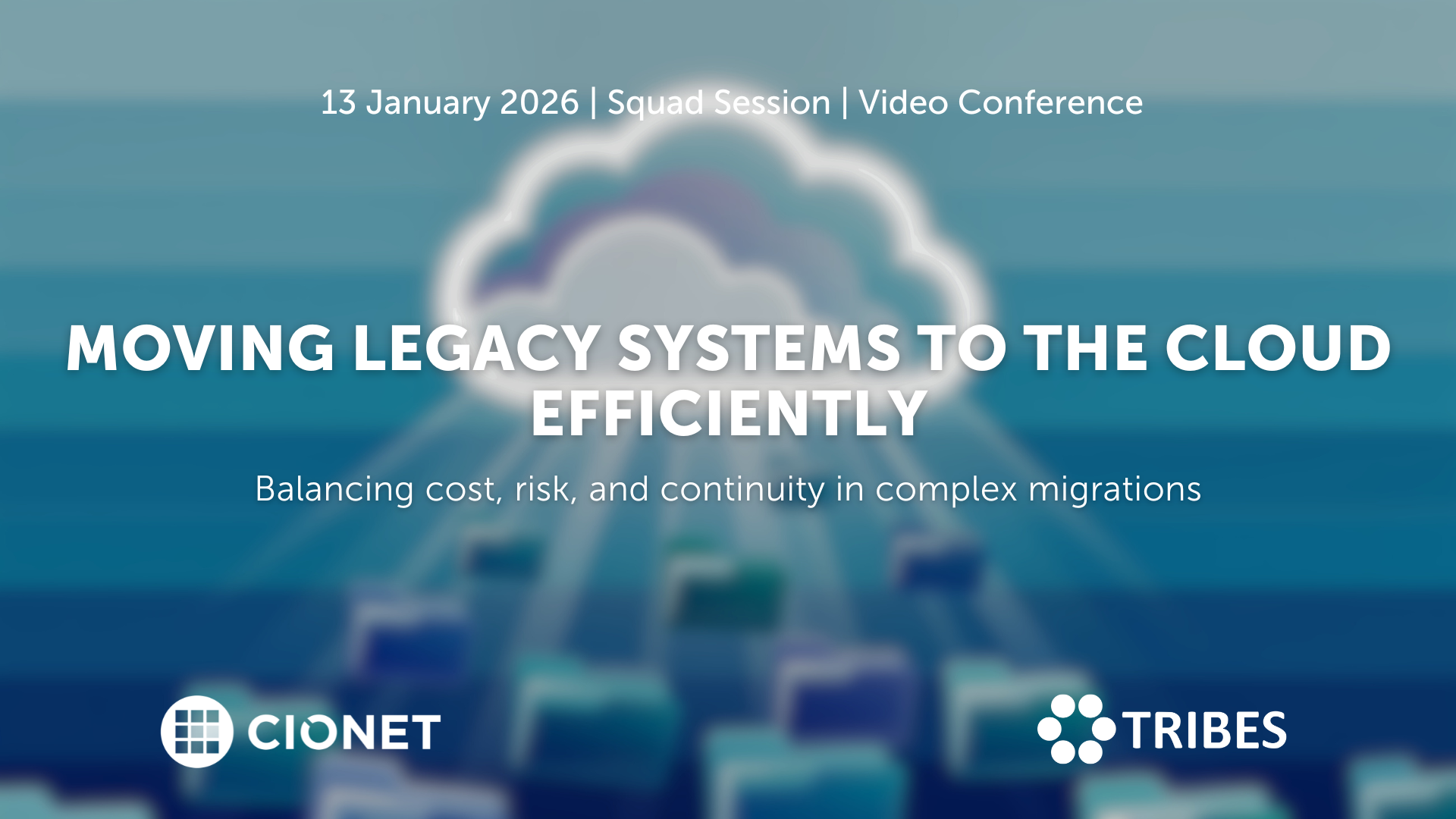
Belgium 13-1-26 Squad Only Virtual english
Migrating legacy systems to the cloud remains one of the toughest balancing acts in IT. Every choice affects stability, cost, and trust at once, and what starts as a modernisation effort quickly turns into a negotiation between ambition and reality. Suddenly budgets rise, dependencies appear late, and timelines tighten as old architectures collide with new expectations. In the end, success depends on sequencing, ownership, and aligning business priorities with infrastructure limits, and not only on technical readiness. Making it work requires more than a plan on paper. Knowing which systems genuinely belong in the cloud, which can wait, and which should stay put shapes the entire roadmap and defines its success. Each refactoring decision sets the level of future flexibility, but it also drives cost and risk. The trade-offs between speed, sustainability, and resilience only become clear once migration begins and pressure builds. Let’s discuss how to plan migrations that stay on track, manage hidden dependencies, and handle downtime with confidence. Let’s also discuss how governance, testing, and vendor coordination keep progress visible and credible. Are you in? A closed conversation for those who turn cloud migration from a disruption into a long-term advantage.
Read More.png)
Belgium 20-1-26 All Members Physical english
CIOs today are being judged less as technology leaders and more as portfolio managers. Every euro is under scrutiny. Boards and CFOs demand lower run costs, higher efficiency, and clear ROI from every digital initiative. Yet, they also expect CIOs to place bets on disruptive technologies that will keep the enterprise competitive in five years. This constant tension is redefining the role. In this session, we go beyond FinOps and cost reporting to tackle the strategic financial dilemmas CIOs face.
Read More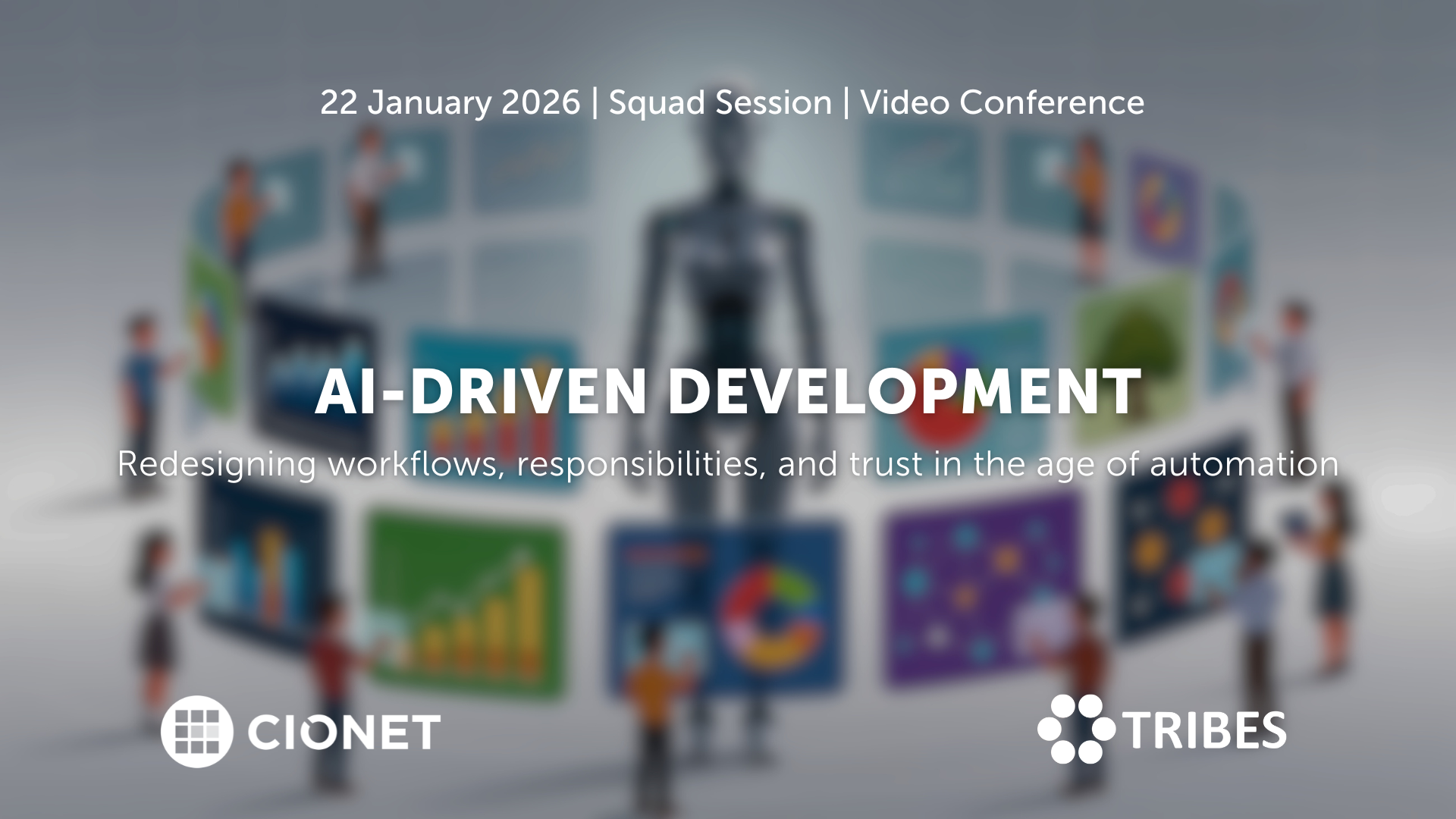
Belgium 22-1-26 Invitation Only Virtual english
AI coding assistants entered development teams quietly, but their impact grows by the day. What started as autocomplete now shapes architecture decisions, documentation, and testing. And when productivity gains are visible, so are new risks: security blind spots, uneven quality, and the slow erosion of shared standards. Teams move faster, but not always in the same direction. The challenge has become integration rather than adoption. And new questions have risen: how do you blend automation into established practices without losing oversight? When is human review still essential, and what should the rules of collaboration between developer and machine look like? As AI tools learn from proprietary code, where do responsibility and accountability sit? Let’s talk about how to redefine those workflows, balancing creativity with control, and protecting code quality in a hybrid human-AI environment. A closed conversation on where AI accelerates progress, where it introduces new debt, and how development culture must evolve to stay credible.
Read More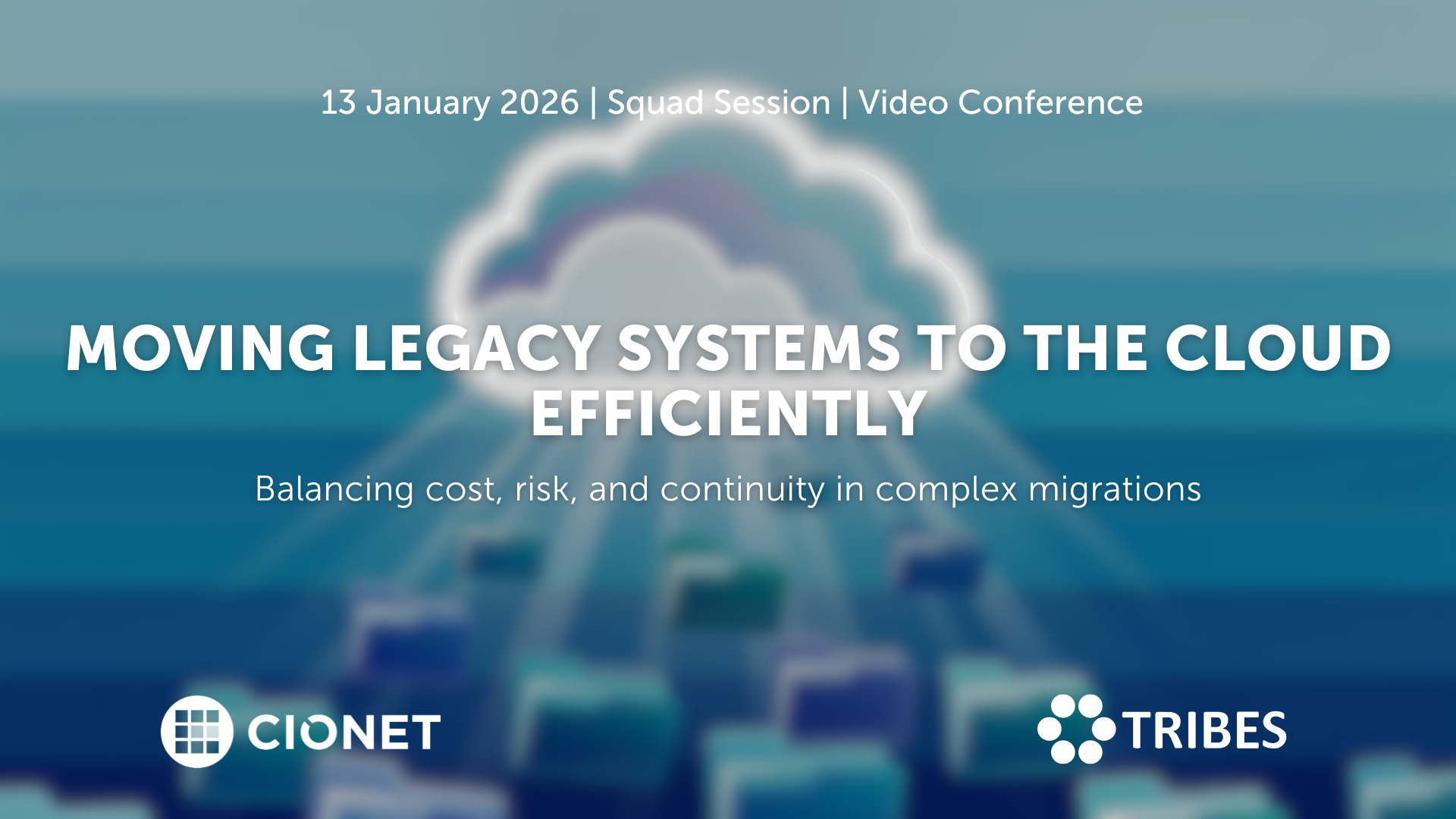
January 13, 2026 Squad Session Invitation Only Virtual english
Migrating legacy systems to the cloud remains one of the toughest balancing acts in IT. Every choice affects stability, cost, and trust at once, and what starts as a modernisation effort quickly turns into a negotiation between ambition and reality. Suddenly budgets rise, dependencies appear late, and timelines tighten as old architectures collide with new expectations. In the end, success depends on sequencing, ownership, and aligning business priorities with infrastructure limits, and not only on technical readiness. Making it work requires more than a plan on paper. Knowing which systems genuinely belong in the cloud, which can wait, and which should stay put shapes the entire roadmap and defines its success. Each refactoring decision sets the level of future flexibility, but it also drives cost and risk. The trade-offs between speed, sustainability, and resilience only become clear once migration begins and pressure builds. Let’s discuss how to plan migrations that stay on track, manage hidden dependencies, and handle downtime with confidence. Let’s also discuss how governance, testing, and vendor coordination keep progress visible and credible. Are you in? A closed conversation for those who turn cloud migration from a disruption into a long-term advantage.
Read More
January 22, 2026 Squad Session Invitation Only Virtual english
AI coding assistants entered development teams quietly, but their impact grows by the day. What started as autocomplete now shapes architecture decisions, documentation, and testing. And when productivity gains are visible, so are new risks: security blind spots, uneven quality, and the slow erosion of shared standards. Teams move faster, but not always in the same direction. The challenge has become integration rather than adoption. And new questions have risen: how do you blend automation into established practices without losing oversight? When is human review still essential, and what should the rules of collaboration between developer and machine look like? As AI tools learn from proprietary code, where do responsibility and accountability sit? Let’s talk about how to redefine those workflows, balancing creativity with control, and protecting code quality in a hybrid human-AI environment. A closed conversation on where AI accelerates progress, where it introduces new debt, and how development culture must evolve to stay credible.
Read More
January 27, 2026 Squad Session Invitation Only Physical english
Zero Trust sounds simple on paper: trust no one, verify everything. But once you start implementing it, the fun begins. Legacy systems, hybrid networks, and human habits don’t read the manual. The idea is solid; the execution, not so much.
Read More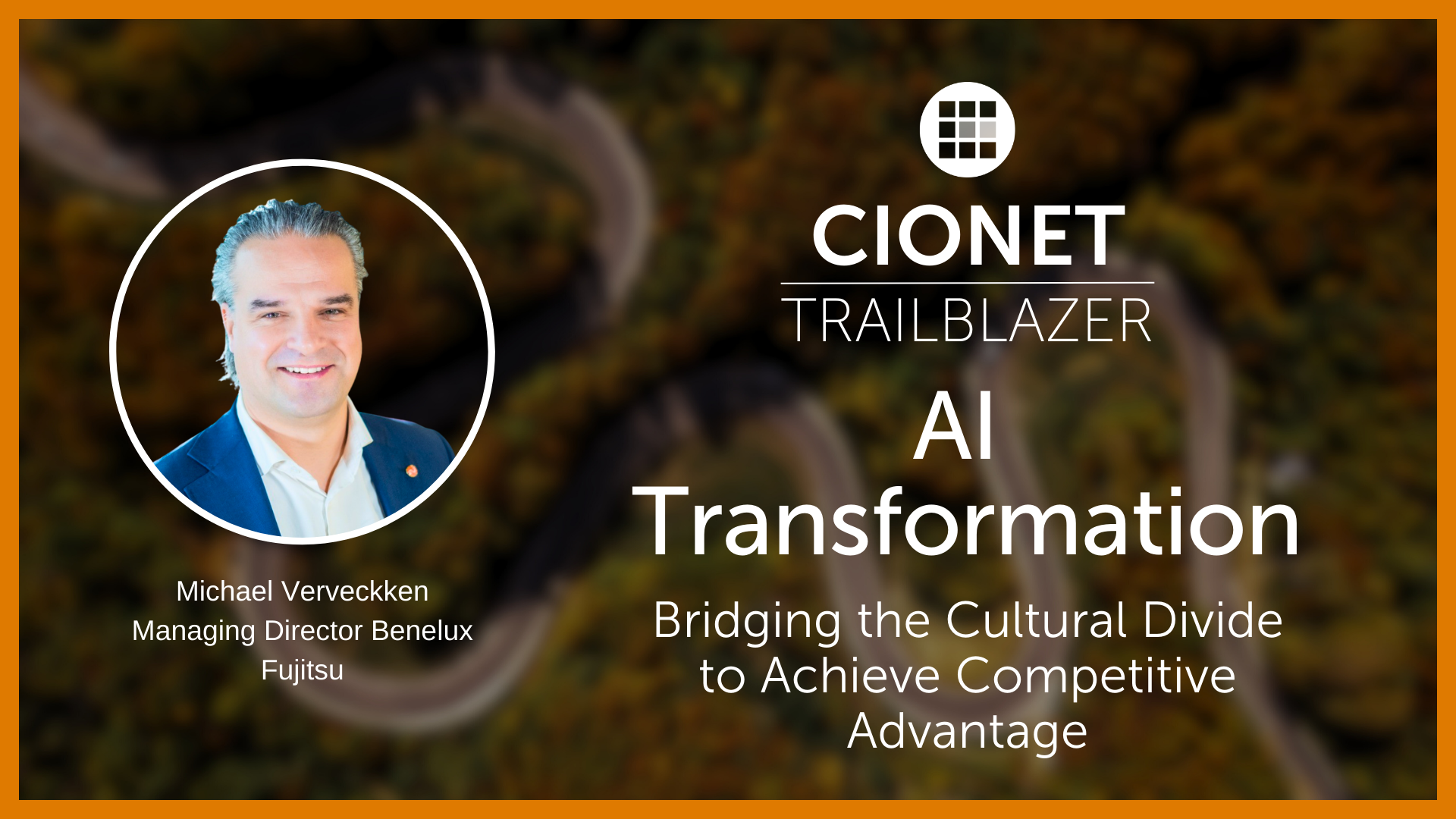
CIONET Trailblazer: AI Transformation: Bridging the Cultural Divide to Achieve Competitive Advantage
Published on: December 17, 2025 @ 9:16 AM
Komatsu implements AI-powered automation in the public cloud
How a multinational manufacturing firm reduces cloud costs and helps assure application performance
In 1921, as copper deposits in the mine became increasingly limited, Takeuchi shifted his focus to manufacturing and formed Komatsu Ltd. (link resides outside of ibm.com). It goes without saying that technology has evolved dramatically since then. But, since the beginning, Komatsu has been committed to implementing the latest technology to improve operations and empower its team. Today this commitment extends to its public cloud strategy.
Like many other IT organizations, the infrastructure team at Komatsu historically relied on disparate monitoring tools, user complaints and manual intervention to address performance issues. They lacked the visibility they needed to identify instances of overprovisioning. A business impact use case could take the team hours to resolve. This kept the team in a cycle of fighting fires and prevented them from directing a more significant portion of their time to advancing strategic initiatives.
Moreover, the team had no way to reliably assess the impact of a resourcing decision before it was taken. All they could do was monitor the impact after they allocated resources. As the team shifted their focus to the public cloud and began migrating all their on-premises workloads to Microsoft Azure, they knew they could not sustain this manual approach. They needed to be able to proactively prevent performance issues, reduce waste and minimize time spent on addressing user complaints. This is when they turned to the IBM® Turbonomic® hybrid cloud cost optimization solution.

The team has reduced their user complaints to 10 tickets per year
Since implementing automation, the team has achieved more than USD 650,000 savings in the public cloud
In our organization, optimizing application performance is a continuous process that is beyond human scale. We see tremendous value in IBM Turbonomic to help us close that gap as much as possible within our organization. ”
Once they implemented Turbonomic, the team was finally able to break this cycle of fighting fires. “IBM Turbonomic provides a proactive approach to avoiding performance degradation. It has allowed us to detect issues before they have actually become issues,” explains Matthew Koozer, Infrastructure Architect at Komatsu. Armed with Turbonomic’s full-stack visibility, the team at Komatsu is now able to quickly assess potential performance risk and identify the optimal way to reallocate resources to eliminate that risk without compromising performance in another layer of their technology stack.
Full-stack visibility was just the beginning in Komatsu’s journey to continuously ensure performance while reducing cost. The next step was to implement Turbonomic’s AI-powered resourcing recommendations. The team began with manual execution of those recommendations. They quickly learned that Turbonomic’s recommendations were not short-term fixes that enhanced just one layer of their tech stack. “Turbonomic shows us how a decision is being driven based from a storage perspective—the IOPS being driven to a specific storage solution within our public cloud offering—but its decisions also considers DTU utilization from a database perspective, and whether the issue is related to memory or CPU consumption,” says Koozer. Because they considered Komatsu’s full tech stack, these resourcing recommendations empowered the team to improve performance across their entire environment. Soon, the team was ready to explore automation.
Presently, Koozer and his team have a combination of automation and manual execution of resourcing recommendations. They primarily rely on Turbonomic’s automated resourcing actions in Azure to optimize servers, storage and databases. Turbonomic provides recommendations on where and how to reallocate resources in real time. Then, the team has predetermined time blocks where those actions are executed with minimal impact to the business. After seeing early success with automating resourcing actions, the team now relies on Turbonomic to execute resourcing actions automatically for a very large portion of the organization, without the IT team being involved at all.

We allow Turbonomic’s software solution to take actions with little to no IT oversight because we trust its decisions to assure performance continuously. ”
Once they had a comprehensive view of their environment, Koozer and his team identified numerous workloads that were overprovisioned and developed a clear plan to right-size them. Historically, application owners resisted resizing efforts, but with Turbonomic, Koozer and his team had the data they needed to show application owners that overprovisioned workloads could be right-sized effectively. “Shifting to a configuration with less memory or less CPU helped us significantly reduce waste across our Azure environment without sacrificing performance,” explains Koozer. This has allowed the team to simultaneously minimize cost and improve performance. Furthermore, the team can now see consumption utilization over a period of time and reevaluate resource allocations on an ongoing basis. Reserved instances have played an important role in this shift.
Koozer and his team have implemented reserved instances with the help of Turbonomic. These have allowed the team, on average, to save 33% or more on their server run rates. In some cases, they have been able to decommission servers. The team has also reduced the amount of time they spend reacting to user complaints and resolving performance issues. In fact, they have brought their user complaints down to about 10–12 per year. Additionally, they have reduced their overall cloud spend. Their cumulative savings achieved, at the time of this publication, exceed USD 650,000.
For over a century, Komatsu has been a manufacturing leader committed to quality and reliability. Technological innovation and employee development have been major pillars of this mission. In recent years, Komatsu’s IT organization has expanded its adoption of the public cloud, and automation has played an important role in that journey. It has helped Komatsu reduce waste from a financial and environmental perspective, and it has helped Komatsu free up its IT organization to focus on strategy and innovation.

Headquartered in Tokyo, Japan, and founded in 1921, Komatsu (link resides outside of ibm.com) provides essential equipment, technologies and services for the construction, mining, forest, energy and manufacturing industries. Komatsu serves clients across the globe and states that its purpose is to “create value through manufacturing and technology innovation to empower a sustainable future where people, businesses, and our planet thrive together.”
572 Views 0 Likes Read More

Digital Transformation is redefining the future of health care and health delivery. All stakeholders are convinced that these innovations will create value for patients, healthcare practitioners, hospitals, and governments along the patient pathway. The benefits are starting from prevention and awareness to diagnosis, treatment, short- and long-term follow-up, and ultimately survival. But how do you make sure that your working towards an architecturally sound, secure and interoperable health IT ecosystem for your hospital and avoid implementing a hodgepodge of spot solutions? How does your IT department work together with the other stakeholders, such as the doctors and other healthcare practitioners, Life Sciences companies, Tech companies, regulators and your internal governance and administrative bodies?
Read More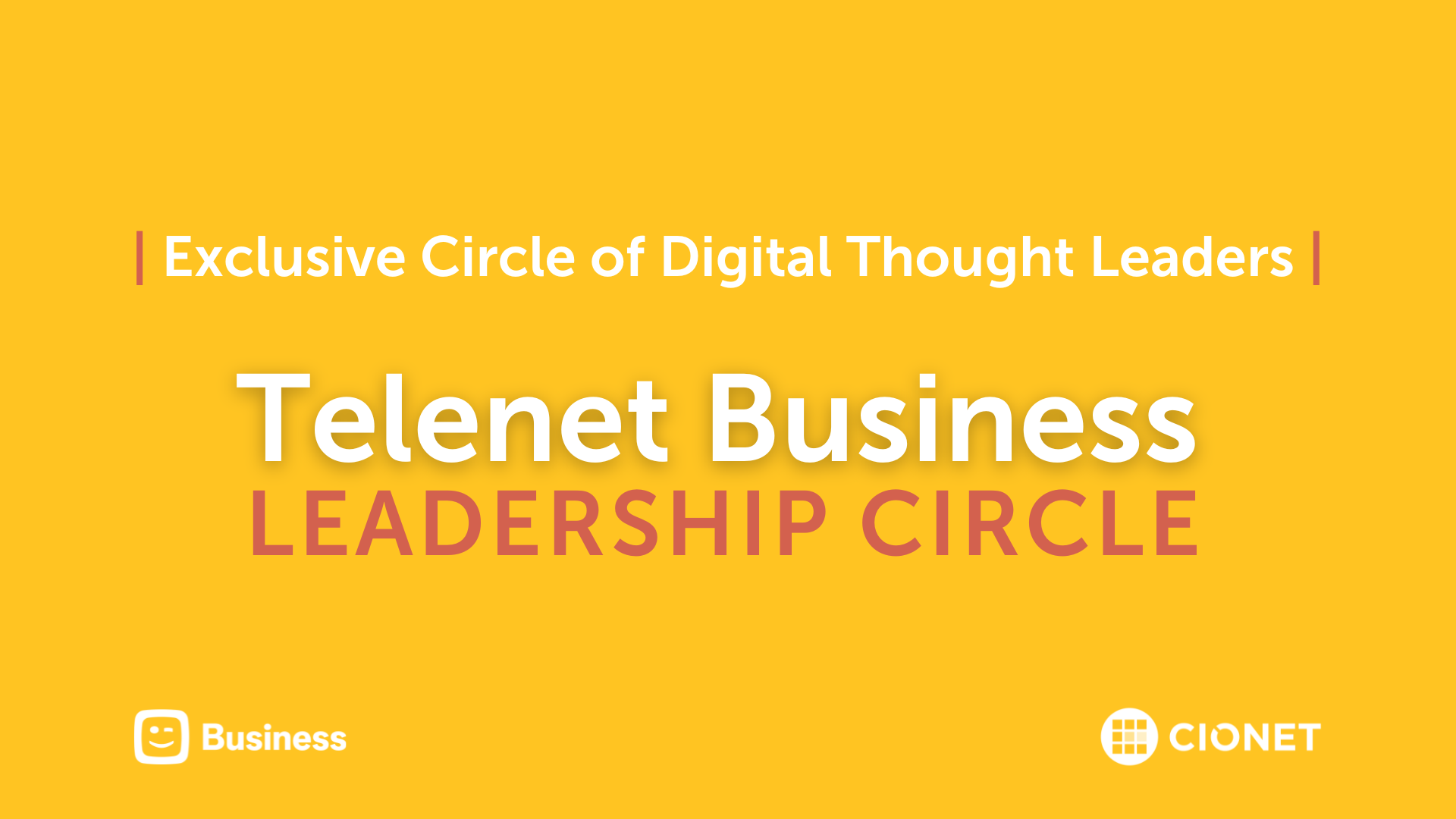
The Telenet Business Leadership Circle powered by CIONET, offers a platform where IT executives and thought leaders can meet to inspire each other and share best practices. We want to be a facilitator who helps you optimise the performance of your IT function and your business by embracing the endless opportunities that digital change brings.
Read More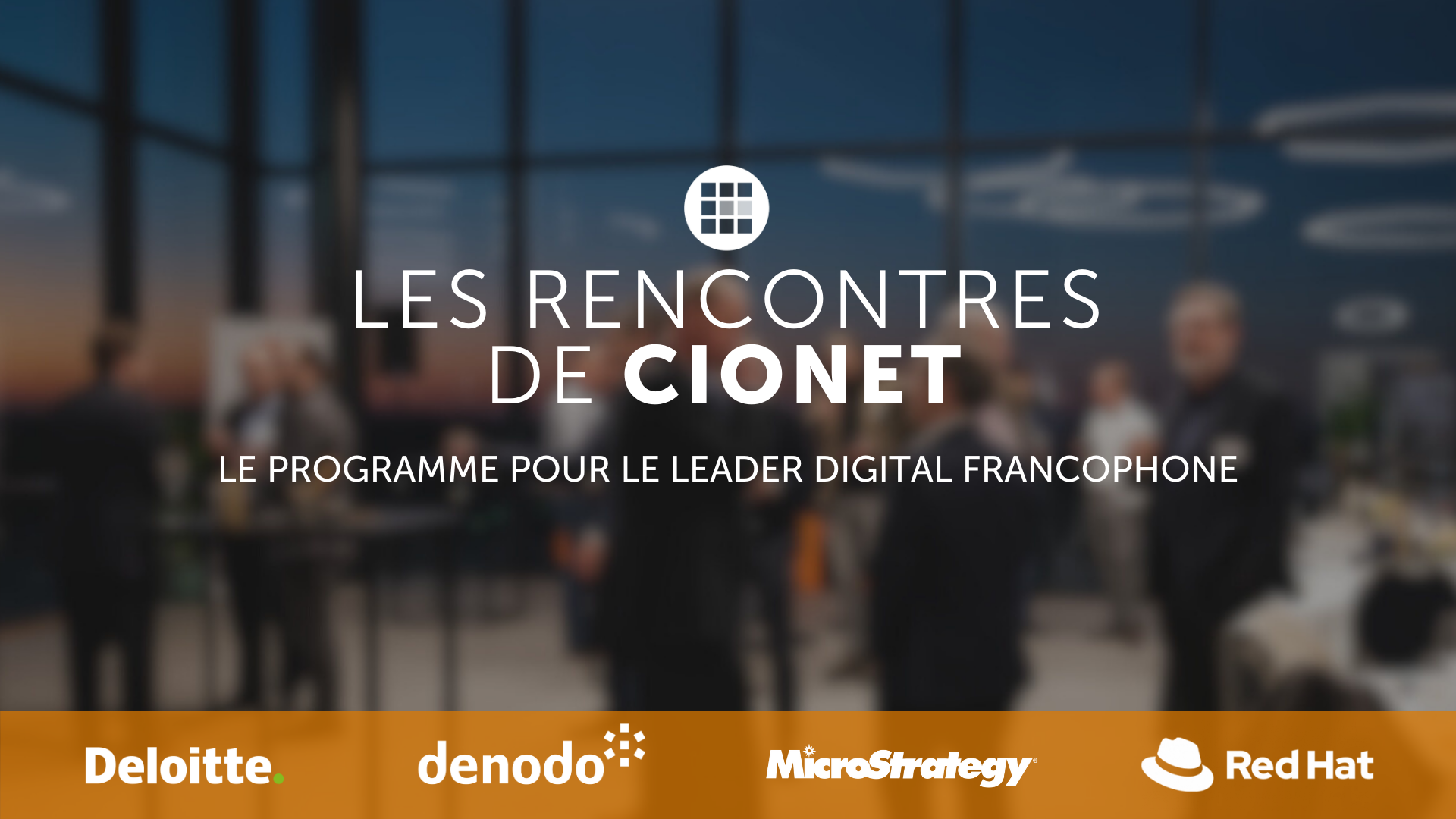
Découvrez la dynamique du leadership numérique aux Rencontres de CIONET, le programme francophone exclusif de CIONET pour les leaders numériques en Belgique, rendu possible grâce au soutien et à l'engagement de nos partenaires de programme : Deloitte, Denodo et Red Hat. Rejoignez trois événements inspirants par an à Liège, Namur et en Brabant Wallon, où des CIOs et des experts numériques francophones de premier plan partagent leurs perspectives et expériences sur des thèmes d'affaires et de IT actuels. Laissez-vous inspirer et apprenez des meilleurs du secteur lors de sessions captivantes conçues spécialement pour soutenir et enrichir votre rôle en tant que CIO pair. Ne manquez pas cette opportunité de faire partie d'un réseau exceptionnel d'innovateurs numériques !
Read More
CIONET is committed to highlighting and celebrating female role models in IT, Tech & Digital, creating a leadership programme that empowers and elevates women within the tech industry. This initiative is dedicated to showcasing the achievements and successes of leading women, fostering an environment where female role models are recognised, and their contributions can ignite progress and inspire the next generation of women in IT. Our mission is to shine the spotlight a little brighter on female role models in IT, Tech & Digital, and to empower each other through this inner network community.
Read More


-Apr-01-2022-10-58-34-57-AM.png)











-Dec-13-2023-10-53-15-5032-AM.png)




-Jun-12-2023-01-23-11-7540-PM.png)





-Apr-01-2022-10-58-34-68-AM.png)










-2.jpg)




-Sep-01-2022-02-47-55-60-PM.png)
-Nov-22-2023-08-56-42-6802-AM.png)
.png)

Would you like to know more about CIONET Belgium, membership or partnership opportunities? Do you have feedback or any other question? Send us a message!
You can either send us a registered handwritten letter explaining why you'd like to become a member or you can simply talk to us right here!